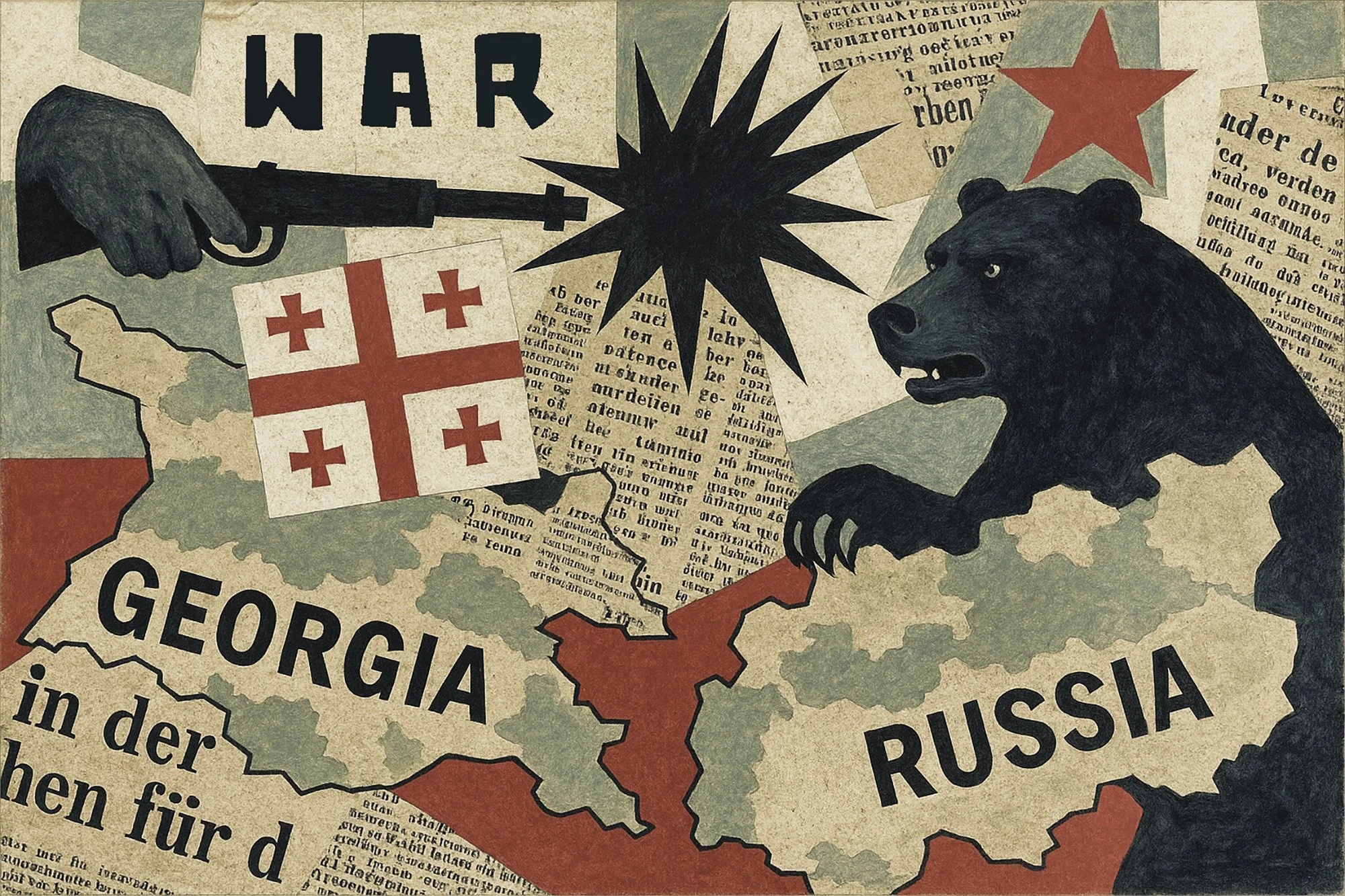The 21st century saw Russia reassert itself on the world stage — often through military force.
War in Georgia
In 2008, tensions in the Caucasus erupted. Georgia sought to reclaim the breakaway regions of South Ossetia and Abkhazia, which were backed by Moscow. Russia responded with a swift military intervention, routing Georgian forces and recognizing the two regions as independent — a signal that Moscow would not tolerate NATO’s eastward reach.
Ukraine’s Turning Point
In late 2013, Ukraine’s president, Viktor Yanukovych, abandoned a planned agreement with the European Union in favor of closer ties to Russia. This sparked mass protests — the Euromaidan movement — in Kyiv. The demonstrations swelled into a revolution, and Yanukovych fled the country in February 2014.
Annexation of Crimea and War in Donbas
Within weeks, Russian troops seized Crimea, citing the need to protect Russian speakers. A hastily organized referendum — unrecognized by most of the world — formalized its annexation. In eastern Ukraine, pro-Russian separatists declared “people’s republics” in Donetsk and Luhansk. Supported by Russian fighters and weapons, they fought the Ukrainian army in a grinding conflict that left thousands dead.
The Frozen Conflict
The Minsk agreements of 2014 and 2015 sought to end the war but failed to resolve the core dispute. For eight years, low-intensity fighting continued, setting the stage for something far larger.
Further Reading:
Richard Sakwa – Frontline Ukraine (2015)
Anne Applebaum – Red Famine (2017)
Timothy Snyder – The Road to Unfreedom (2018)
Serhii Plokhy – Lost Kingdom (2017)

